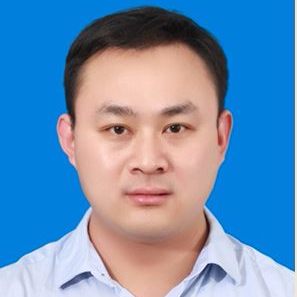Machine Learning for Structural Health Monitoring
A special issue of Applied Sciences (ISSN 2076-3417). This special issue belongs to the section "Civil Engineering".
Deadline for manuscript submissions: 20 June 2024 | Viewed by 4682
Special Issue Editors
Interests: structural health monitoring; computer vision; deep learning
Interests: structural safety assessment; data-driven modeling; machine learning
Interests: structural damage identification; Bayesian uncertainty analysis; structural temperature analysis
Special Issue Information
Dear Colleagues,
Recently, machine learning has brought a novel paradigm and a huge revolution in structural health monitoring, which is further enhanced by cutting-edge deep learning and computer vision techniques. With the vigorous development of various neural networks and supervised, unsupervised, semi-supervised, and self-supervised, and reinforcement learning algorithms, machine learning enables the autonomous discovery of embedded knowledge and the intelligent diagnosis of structural health based on monitoring data in a purely data-driven manner or a data-model-driven manner. This Special Issue aims to provide a platform to share current scientific and technical progress about ML for SHM.
Dr. Yang Xu
Dr. Shiyin Wei
Dr. Rongrong Hou
Dr. Yong Huang
Guest Editors
Manuscript Submission Information
Manuscripts should be submitted online at www.mdpi.com by registering and logging in to this website. Once you are registered, click here to go to the submission form. Manuscripts can be submitted until the deadline. All submissions that pass pre-check are peer-reviewed. Accepted papers will be published continuously in the journal (as soon as accepted) and will be listed together on the special issue website. Research articles, review articles as well as short communications are invited. For planned papers, a title and short abstract (about 100 words) can be sent to the Editorial Office for announcement on this website.
Submitted manuscripts should not have been published previously, nor be under consideration for publication elsewhere (except conference proceedings papers). All manuscripts are thoroughly refereed through a single-blind peer-review process. A guide for authors and other relevant information for submission of manuscripts is available on the Instructions for Authors page. Applied Sciences is an international peer-reviewed open access semimonthly journal published by MDPI.
Please visit the Instructions for Authors page before submitting a manuscript. The Article Processing Charge (APC) for publication in this open access journal is 2400 CHF (Swiss Francs). Submitted papers should be well formatted and use good English. Authors may use MDPI's English editing service prior to publication or during author revisions.
Keywords
- artificial intelligence for structural health monitoring
- learning-based data science and technology of structural health monitoring
- knowledge guided mechanics modeling, structural dynamics, and system identification
- computer-vision-assisted structural damage recognition, change detection, and disaster evaluation
- machine-learning-enhanced structural condition assessment and reliability analysis
- deep-learning-based Bayesian model solving for complex structural uncertainty analysis








